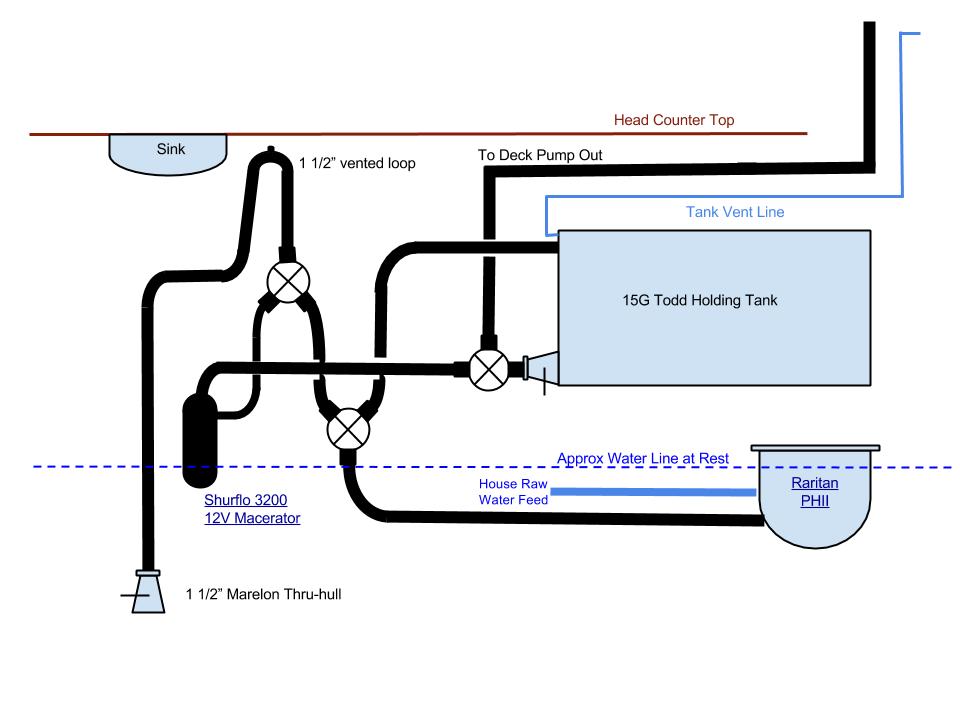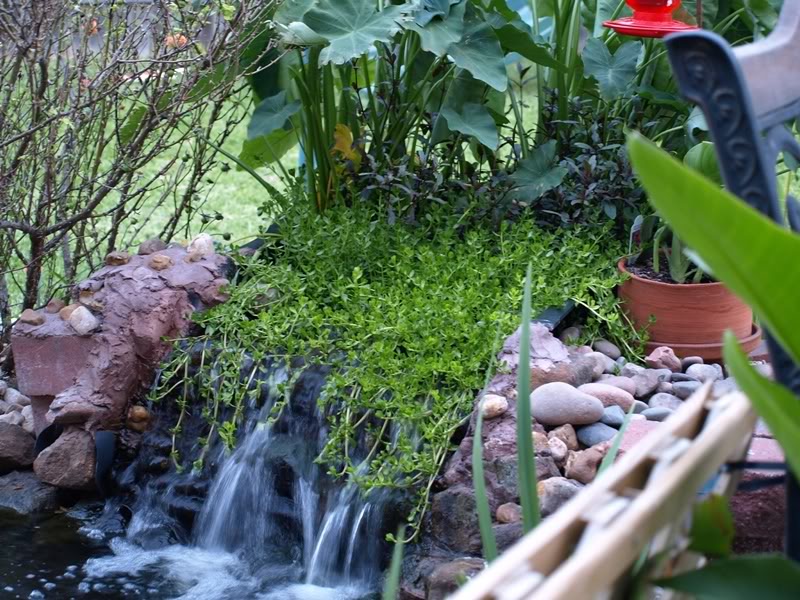Koi Pond Plumbing Diagram: A Comprehensive Guide to Building Your Dream Koi Pond
Introduction
A koi pond is not only a beautiful addition to your outdoor space, but it can also provide a peaceful and relaxing environment. However, building a koi pond requires more than just digging a hole and filling it with water. Proper planning is essential, and one of the most important considerations is the plumbing system. In this article, we will guide you through building your dream koi pond by providing a comprehensive koi pond plumbing diagram.
What is a Koi Pond Plumbing Diagram?
A koi pond plumbing diagram is essentially a blueprint that shows the layout of pipes and valves required for your pond to function properly. A well-designed plumbing system ensures that water is circulated and filtered effectively, which is crucial for the health of your koi fish. It can also prevent leaks and other problems that could damage your pond and surrounding landscape.
Types of Plumbing Systems for Koi Ponds
There are two main types of plumbing systems for koi ponds: gravity-fed and pump-fed. Each has its own advantages and disadvantages, and the choice largely depends on the size and design of your pond as well as personal preferences.
Gravity-Fed Plumbing System
A gravity-fed plumbing system relies on the force of gravity to move water through the pond. It is ideal for small to medium-sized ponds and requires minimal maintenance. The water is drawn from the pond to a filter system, then returned to the pond through a waterfall or a fountain. The main advantage of this system is that it is energy-efficient and cost-effective. The main disadvantage is that it may not provide enough water flow for larger ponds or those with a complex design.

Pump-Fed Plumbing System
A pump-fed plumbing system uses a pump to circulate water through the pond. It is suitable for larger ponds, those with a complex design, or those that require more water flow. The water is drawn from the pond to a filter system, then returned to the pond through a waterfall or a fountain. The main advantage of this system is that it provides greater control over water flow and can be adjusted to meet the specific needs of your koi fish. The main disadvantage is that it requires more energy and maintenance than a gravity-fed system.

Components of a Koi Pond Plumbing System
Regardless of whether you choose a gravity-fed or pump-fed plumbing system, there are several key components that you will need to include in your koi pond plumbing diagram.
Skimmer
A skimmer is a device that removes debris and floating particles from the surface of the pond before they sink to the bottom. It is typically located on the side of the pond and is connected to the pump or filter system.
Filter
A filter is perhaps the most important component of a koi pond plumbing system. It removes harmful toxins, bacteria, and other contaminants from the water, ensuring that it is safe and healthy for your koi fish. There are several types of filters available, including mechanical, biological, and chemical filters. Your choice will depend on the size and design of your pond, as well as the number and size of your koi fish.

Pump
The pump is responsible for circulating the water through the pond and filter system. It is typically located in the deepest part of the pond and is connected to the skimmer and filter system through a series of pipes and valves. There are several types of pumps available, including submersible pumps and external pumps. Your choice will depend on the size and design of your pond, as well as the specific water flow requirements.

Valves
Valves are used to regulate water flow through the plumbing system. They are typically located near the pump and filter system and are used to adjust the water flow rate. There are several types of valves available, including ball valves, gate valves, and check valves.
Conclusion
Building a koi pond can be a rewarding and enjoyable experience, but it requires careful planning and design. A well-designed plumbing system is crucial for the health of your koi fish and the overall success of your pond. By including a comprehensive koi pond plumbing diagram in your planning process, you can ensure that your pond functions properly and provides a peaceful and relaxing environment for years to come.